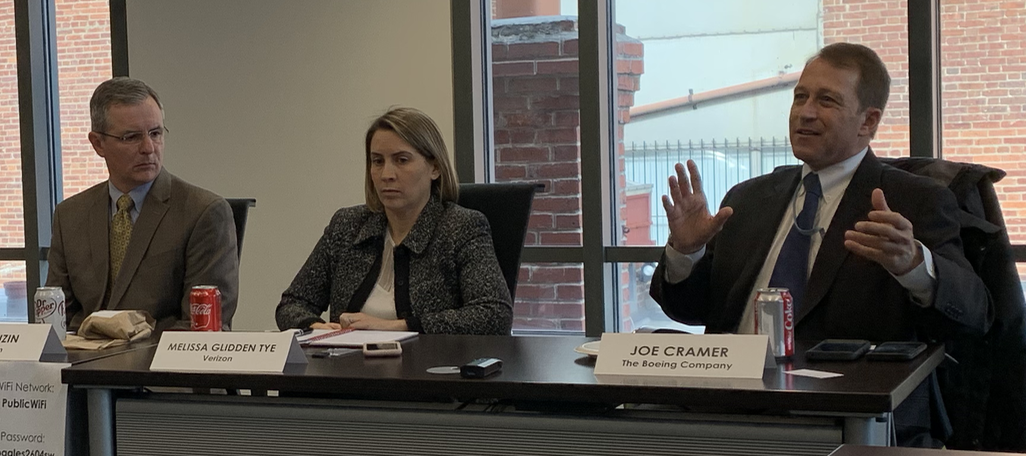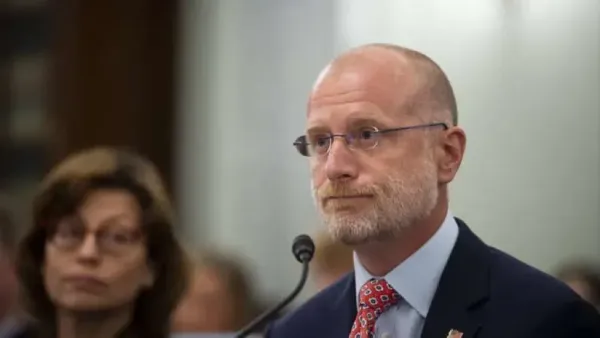Drones Will Need Access to 5G Services to Put Out Forest Fires and Do More Advanced Tasks
WASHINGTON, February 13, 2020 – Meeting at the building of the wireless industry association CTIA on Wednesday, John Kuzin, vice president of government affairs at Qualcomm, likened drones to flying smartphones. By the same token, drones will require similar speeds and connectivity of 5G telecommuni











Member discussion